A Complete Guide to Manometers
Our manometers guide explains everything you need to know, including the different types and where to use them.

What is a Manometer?
A manometer is a device which measures pressure, either against a fixed reference (gauge or absolute) or the difference between two ports (differential). In the simplest terms, pressure is the force applied by a state of matter (gas or liquid in this case) per unit surface area owed to the effect of the gas or liquid’s weight from gravity. Manometers can measure in a variety of different units including bars, millibars, pascals, and mmHg, depending on the particular model.
Manometers work by measuring pressure against a volume of liquid. Essentially, they are used to measure the pressure difference. With analogue manometers, the liquid to be measured is added to a tube. The level of the liquid is then determined by the fluid pressure and the height of the liquid, as demonstrated by the manometer.
Types of Manometer
Pressure measurement has been necessary for a wide range of industries and applications for many years. Even before modern electronic manometers were invented, similar instruments were used to measure pressure. As a result, multiple different types of manometer exist today, including both analogue and digital models.
Some of the different manometer pressure port types can be identified below:
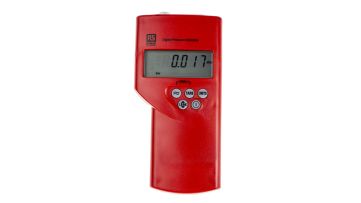
Absolute
This means the manometer zero-references the pressure against a perfect vacuum using an absolute scale.
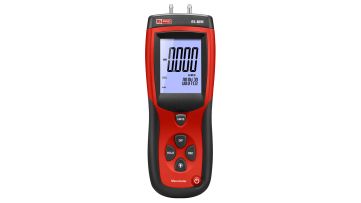
Gauge
Gauge pressure manometers use ambient or atmospheric pressure as the zero reference.
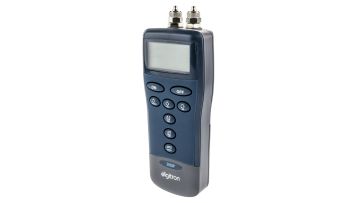
Differential
These manometers use differential pressure, meaning that they use the difference in pressure between two set points.
The following sections outline some of the different types of manometers in further detail:
U-Tube Manometers
U-tube manometers are one of the simplest varieties available. They are a type of analogue manometer commonly used as differential pressure measurement instruments with flow meters, often used when measuring pressure difference in pitot tubes, nozzles and orifices in airflow and ventilation systems.
U-tube manometers consist of relatively few parts and are usually one of the cheaper types of manometer, but the trade-off for this is that accuracy can be poor. As a result, a u-tube manometer should not be used to measure particularly small pressure differences and an alternative manometer should be used instead. Lastly, the viewing angle is key when working with u-tube manometers to ensure the reading is as accurate as possible.
Micromanometers
Micromanometers are similar to other manometer types, but they are specifically designed to measure very small pressure differences. These instruments are highly sensitive and are well suited to taking accurate, precise readings of the smallest differences. Although they are primarily used for measuring differential pressure, micromanometers can also be used to test or balance systems and calculate velocity or volumetric flow rate.
Inclined Manometers
Inclined manometers are typically used to measure liquids and gases where the pressure is very low. The angled design of the inclined manometer makes it particularly well-suited to this role, enabling accurate measurements to be taken. Despite this, digital manometers are often preferred nowadays due to their high levels of accuracy and ease of use.
Digital Manometers
Digital manometers have largely become the norm and are now widely used by professionals for a variety of measurement applications. As opposed to analogue manometers, digital models contain a pressure transducer which deflects under pressure. The device then converts the deflection into the value of an electrical parameter which can be detected and calibrated to a pressure reading, in turn, thus providing the measurement.
Precise and easy to read, digital manometers can be used for multiple mediums and can also be calibrated to ensure a greater degree of accuracy. Gauge and absolute digital manometers will have a single connection port – gauge reading is relative to atmospheric pressure and absolute reading is relative to a vacuum. It’s also worth noting that some models allow for communication between the manometer and a PC to enable quick and easy download of either stored or live measurements and recordings.
Digital manometers are advantageous for a number of reasons, including:
-
Portability
-
Easy to read and use
-
Avoid reliance on manometric fluids
-
High degree of accuracy and precision
Manometers are principally used to measure the pressure of a process relative to atmospherics or other processes.
They are versatile instruments and are used in many different industries and applications.
Some key uses for manometers are outlined below:
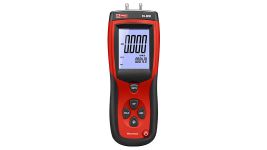
Manometers for Gas Pressure
Digital gas manometers are used by heating and boiler engineers for a variety of purposes including monitoring gas pressure in piping systems. It is important to ensure a manometer used for gas pressure is ATEX approved as this certification ensures the instrument is suitable for use in potentially hazardous environments.
Manometers for Water Pressure
When using a manometer to measure water pressure, the model in use must be suitable for liquids to avoid potential damage to the instrument. Similarly, if the liquid contains chemicals or other potentially hazardous substances, you should be aware of the damage it could cause if an unsuitable manometer is used. Additionally, over-pressuring the manometer may cause subsequent readings to be incorrect due to internal diaphragm bending or rupturing, so it is essential to use the correct instrument with care.
Manometers for Air Pressure
Digital air pressure manometers are used in many process industries. They can also be used with pitot tubes or venturi to determine air flow rate in a pipe. Before use, it is important to check the temperature of the air and note the maximum medium temperature in the operating manual for the particular model of manometer.
How to Choose the Right Manometer
With so many different types of manometer available, it is important to select the right instrument for your requirements. There are several important factors you should keep in mind when choosing a manometer as the answers to the following questions will help to determine what type of manometer you should buy.
Key considerations include:
-
Maximum pressure required
-
Resolution
-
Differential, gauge or absolute
-
Brand
Manometers by Brand
Manometers are available from a range of leading brands and suppliers, offering plenty of freedom to select a model which suits your requirements. Some key brands are listed below:
| Brand | Benefits | Applications | |
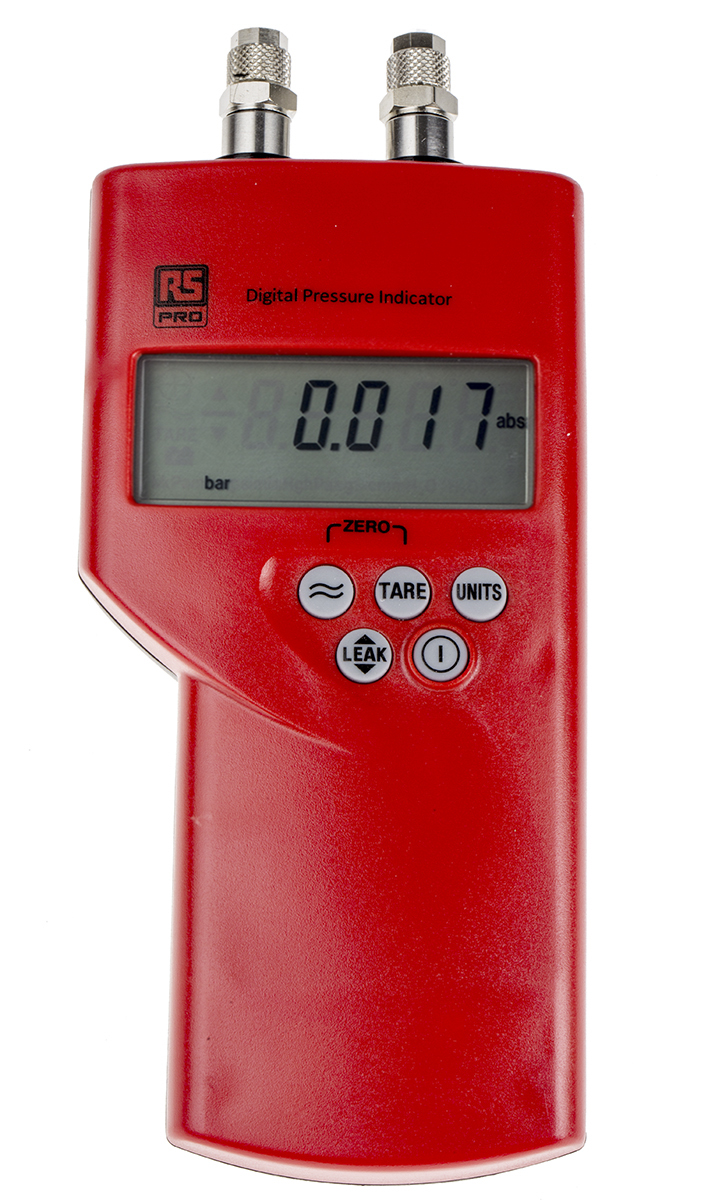 |
RS Pro | Wide range of high-quality manometers Our in-house brand |
Various models suitable for different applications |
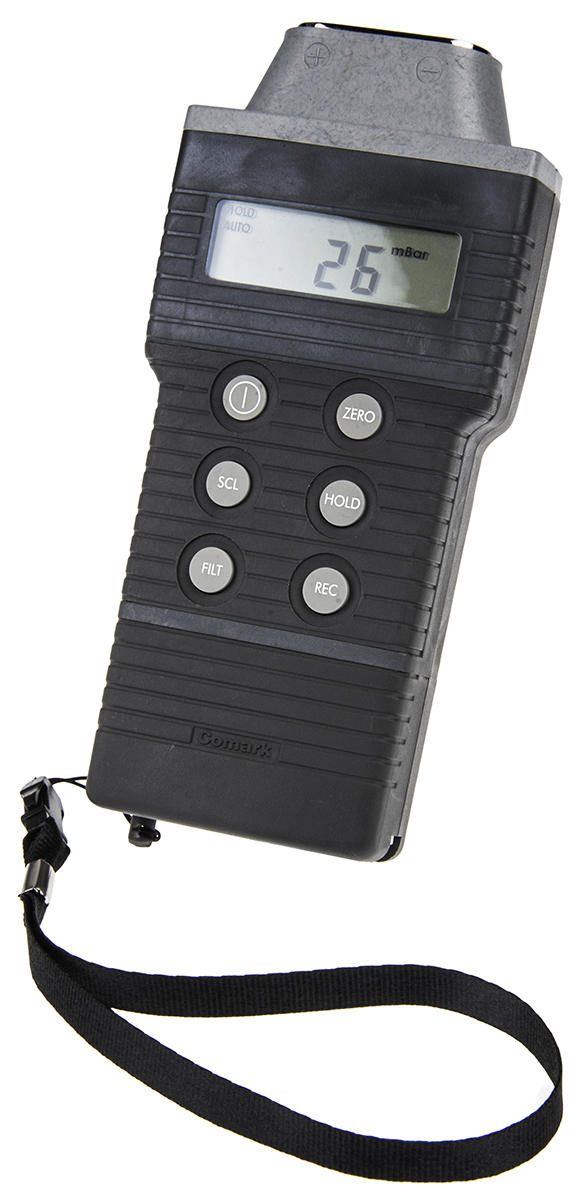 |
Comark | Comprehensive range of manometers Experts in air pressure manometers |
Wide range of applications |
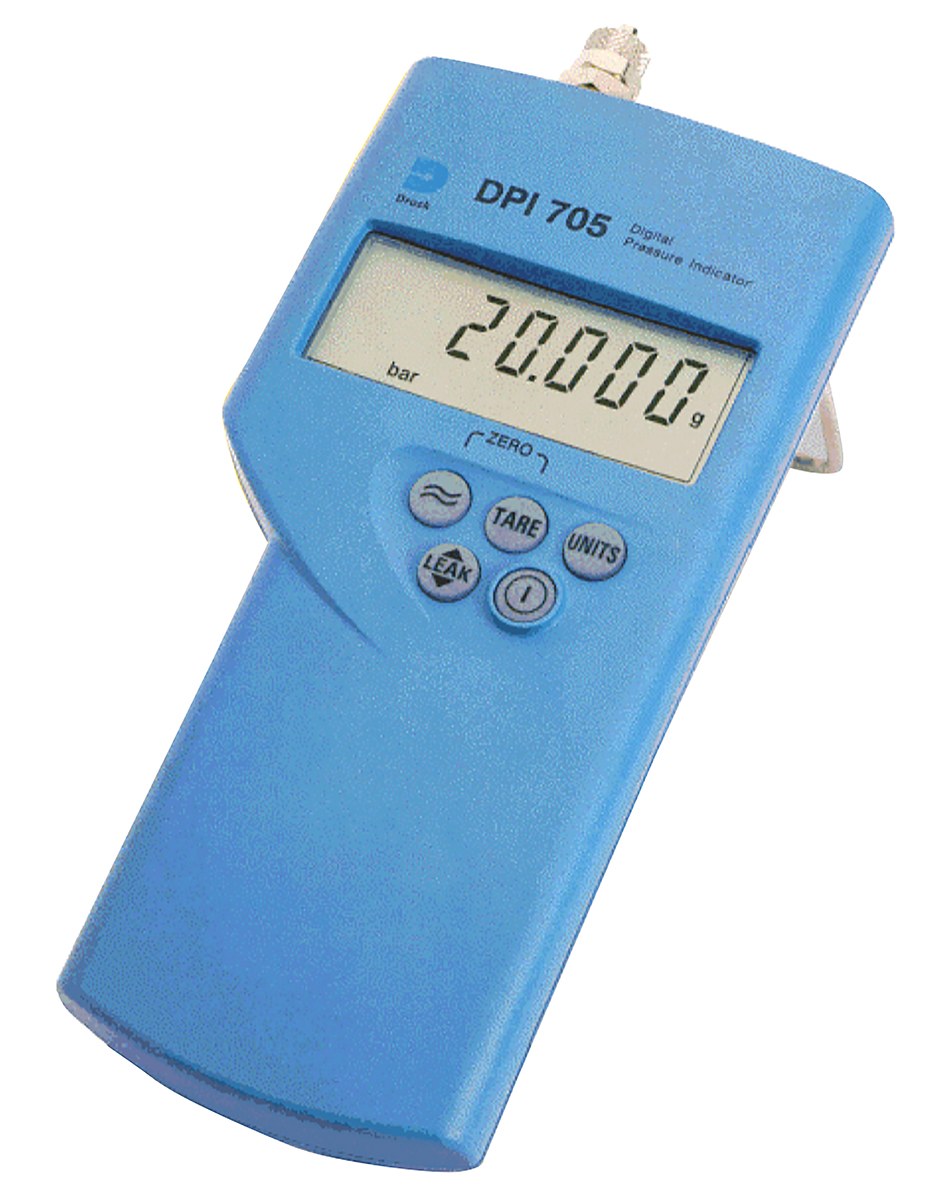 |
Druck | Experts in industrial manometers Extensive range |
Industrial applications |
 |
Digitron | High quality Products conform to all the latest standards |
Wide range of applications |
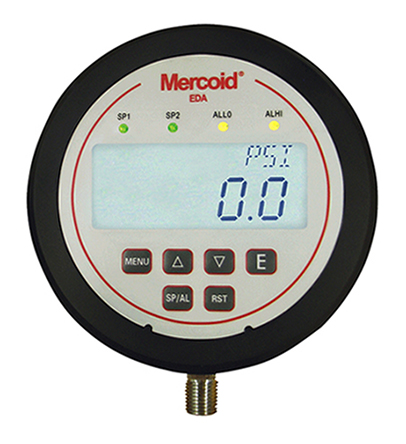 |
Dwyer | Manometers designed to suit a range of performance levels | Various manometers suitable for different applications |
Compare Manometers
Ultimately, the best manometer will largely depend on its intended use and any specific requirements of the task at hand. It is always recommended to do thorough research before deciding on a manometer as it is important to ensure the instrument is well-suited to the job it will be performing.
To compare manometers as a general rule, u-tube manometers tend to be cheaper and less complex, although they are also less accurate than other alternative types. Compare digital vs analogue manometers and you will find that digital models are better for measuring smaller differences as analogue instruments can be affected by the angle of viewing. Analogue manometers are better for rapidly fluctuating signals, yet on the flip side, it can be difficult to integrate analogue manometers into IIoT (Industrial Internet of Things) systems.
You can read more about the Industrial Internet of Things in our introductory IIoT guide.
FAQs
What Does a Manometer Measure?
A manometer measures pressure difference, either between a process and a fixed reference pressure (gauge or absolute manometers) or between two ports (differential manometers).
How to Use a Manometer
Since so many different types of manometer are available, it is recommended to refer to the operating manual of your manometer to determine instructions for use.
Advantages and Disadvantages of Manometers
Advantages – Digital manometers are highly accurate and precise, as well as easily portable.
Disadvantages – Not all manometers are suitable for use with any medium. You must check that your medium is compatible with your manometer before use to prevent potential damage or inaccurate readings. Additionally, large pressure spikes can damage internal diaphragms.
How Accurate are Manometers?
Digital manometers tend to be more accurate than analogue versions, but it is always recommended to check the manufacturer’s guidelines for the accuracy of a particular instrument.
How Do Manometers Measure Pressure?
There are varying methods, depending on the particular type of manometer. Digital manometers generally use a strain gauge on a diaphragm.
Related Guides
Micrometers
Learn how to calibrate and use micrometers correctly in our comprehensive guide.
Inspection Cameras
In this guide, we will explore what inspection cameras are and outline the best camera to use for different purposes.
Moisture Meters
From identifying the different types of moisture meters to understanding how they work, our guide is here to help.
Data Loggers
Our guide looks at data loggers, what they are, what they do, and the different types of data loggers available.